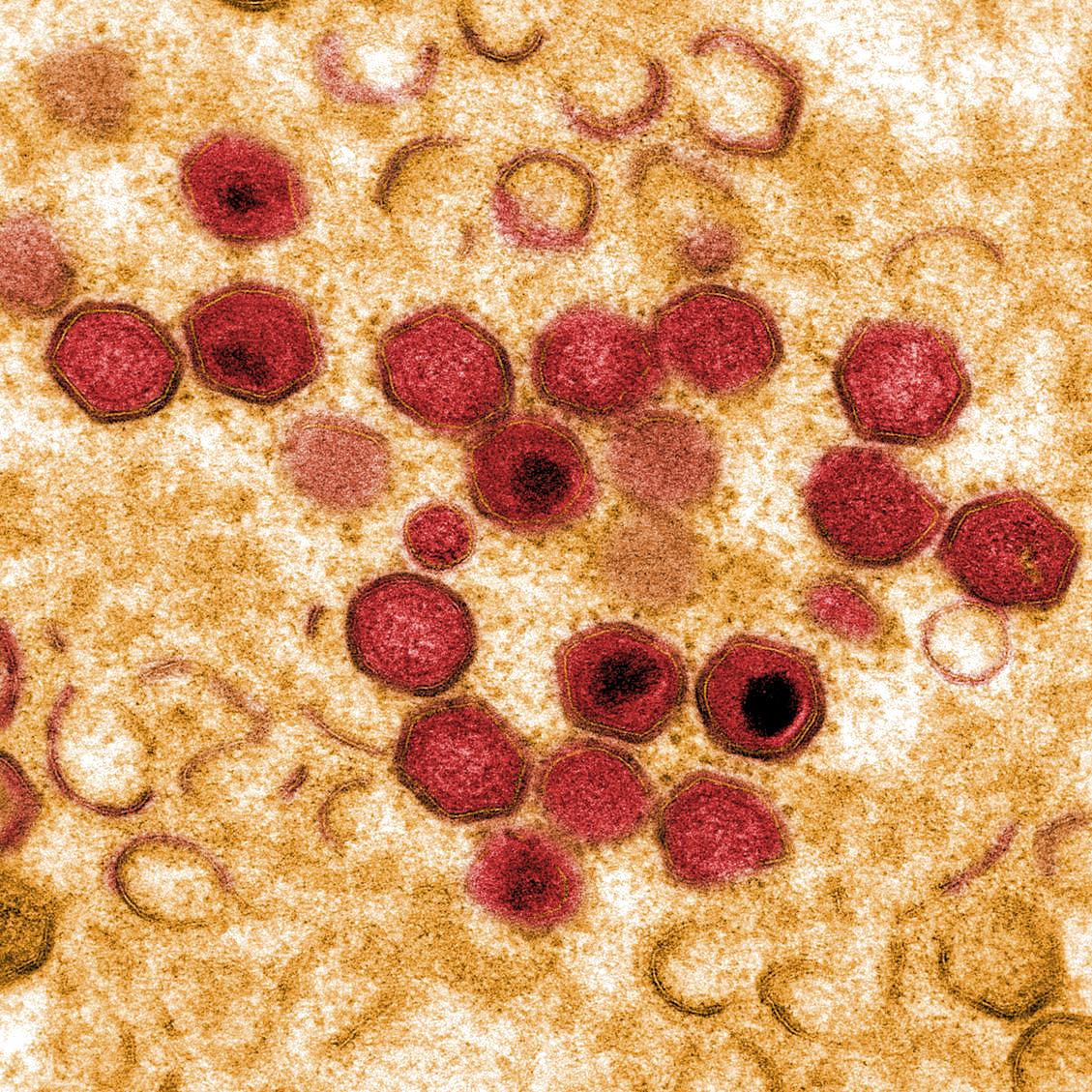Role of hepatic macrophages during the viral haemorrhagic fever induced by African Swine Fever Virus
To ascertain the role played by the various liver monocyte-macrophage populations in the course of a viral hemorrhagic fever, fifteen pigs were inoculated intramuscularly with the highly virulent isolate of African Swine Fever Virus (ASFV) Espana-70 and slaughtered at 1-7 days post-inoculation (dpi). Samples of liver were fixed in different solutions and routinely processed for morphological, immunohistochemical and ultrastructural studies. Viral antigen (vp73) was detected from 3 dpi onward, mainly in circulating monocytes of sinusoid and Kupffer's cells (KC), as well as in portal macrophages and hepatocytes from 5 dpi. Anti-SWC3 immunolabelled cells were increased from 1 dpi, peaking between 3 and 5 dpi, thereafter declining until the end of the experiment. The significant increase in the number of sinusoidal circulating monocytes and KC expressing IL-1 alpha, TNF alpha and IL-6 from 1 dpi, confirmed the secretory activation of these cells. The results show that in the course of an ASFV-induced hemorrhagic syndrome, hepatic macrophage populations undergo major quantitative and biosynthetic changes prior to virus detection, suggesting the existence of a mechanism by which the virus concentrates infectable cells, which subsequently spread the virus around the body.
Back to publications
